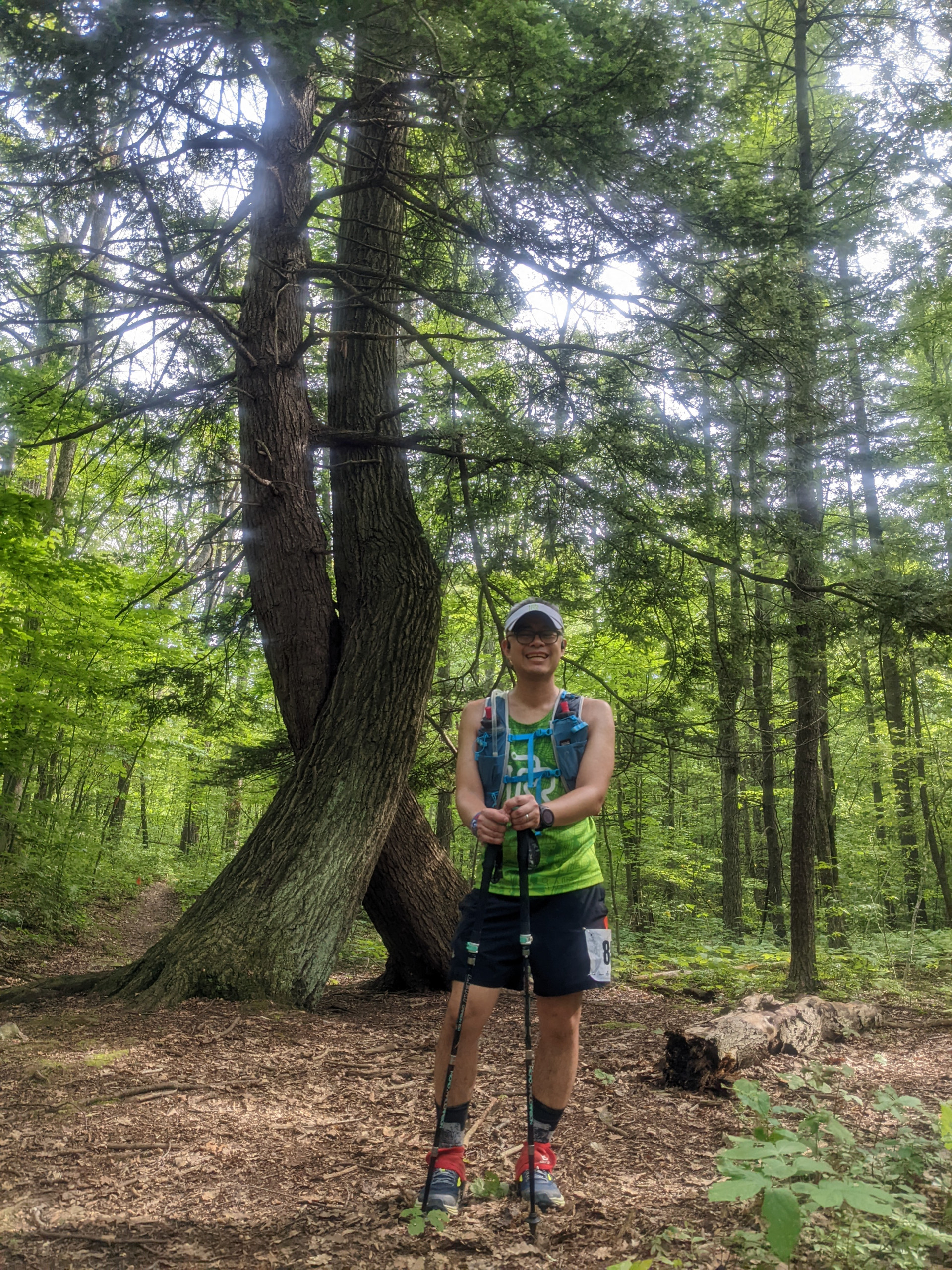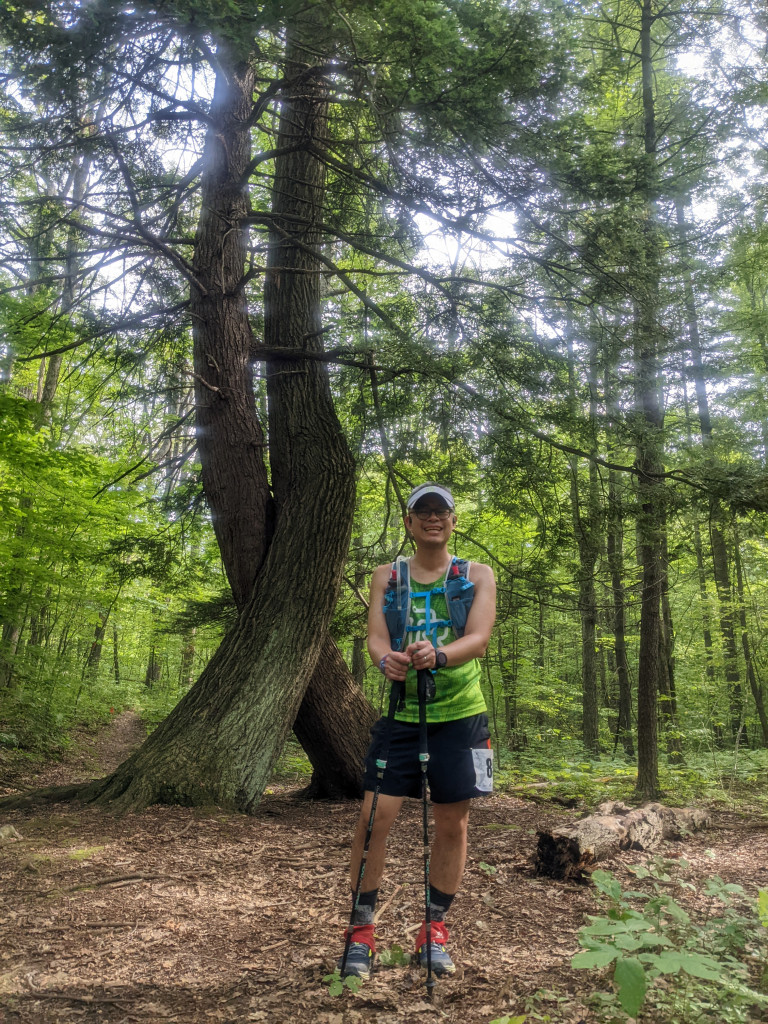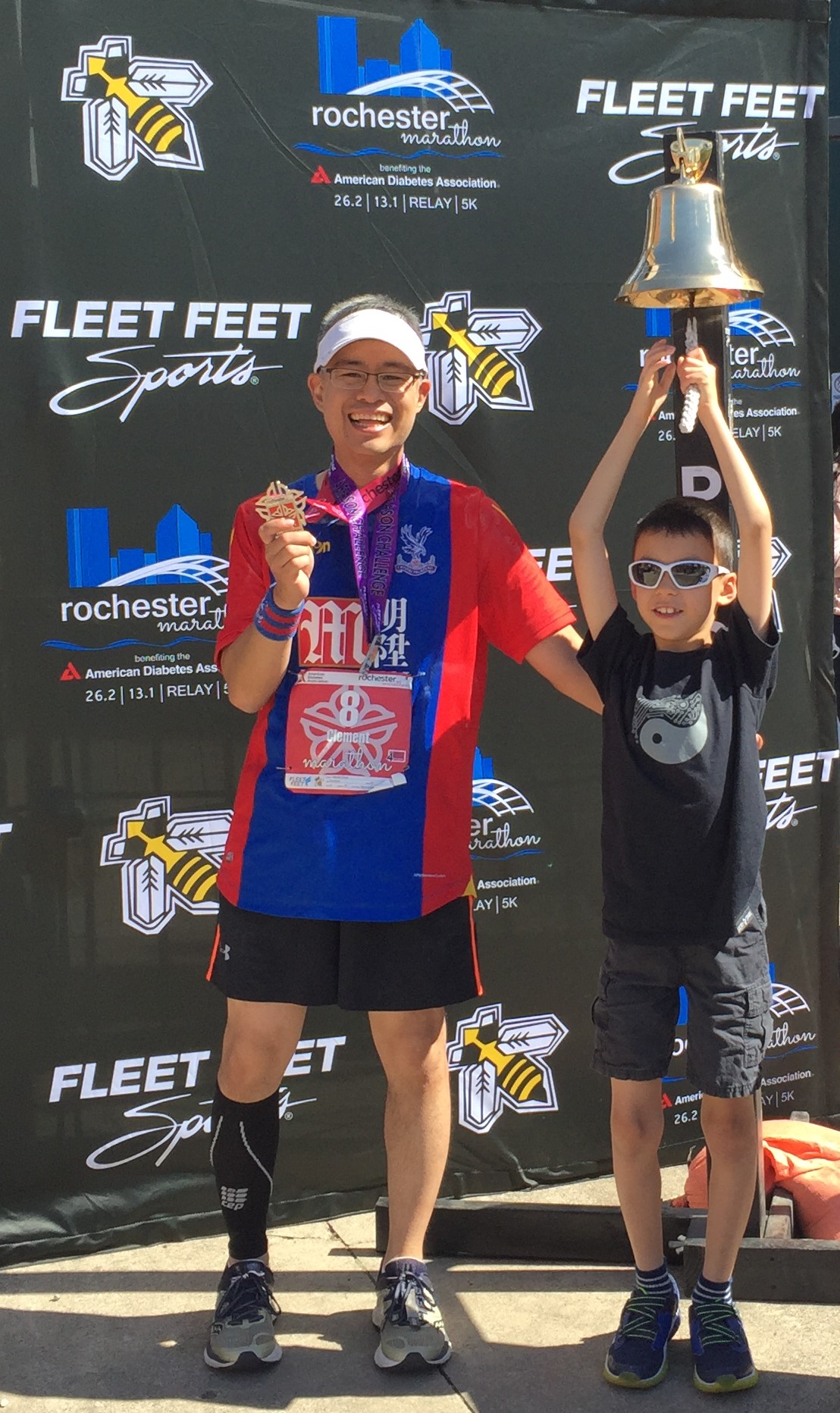The Twisting Branch Part 6
The first time I met with mental performance coach Addie Bracy, it had been a month since I finished Twisted Branch. I had planned some down time, or more correctly, I deliberately didn’t want to commit to anything for the remainder of the year. I toyed with the idea of doing a solo 135-mile endurance run this fall to raise money for a local charity but quickly realized I neither had the fitness or time to pull this off the way I wanted to.
In the end, my September running came in fits-and-starts; I ran a 5k thinking I could finally break my PR, but realized I was just burned out. It seemed every time I set out, I tweaked something new: a hamstring here, a heel there. On top of the mental strain of not being able to process my Twisted experience, I now was faced with doubts like “Am I ever going to have an enjoyable run again?”
In short, my biggest fear was that I had lost the joy of running.
In our first session, Addie helped me identify that what I was experiencing was an emotional disconnect from my Twisted Branch result due to my expectation not matching my reality. I could understand this might be an issue if I had DNFed or gotten injured. I just never assumed it could happen with a positive result, like qualifying for Western States. We talked about how I felt that I failed because, while my goal was to get a lottery ticket, I had planned for that to happen under the previous qualifying time of 19 hours. Why did I focus so much on the negative component of that instead of the fact that my performance secured me the opportunity I had been looking for since I signed up for the race?
Prior to meeting Addie, I had the hardest time answering the question: “What is my why?” I thought I’d come up with some cute answers for my race report, and while they were grounded in truth, they didn’t bring me the insight I believed I needed. I still wasn’t sure of who I was and why I wanted my experience to matter.
Addie told me that since her book was published, she preferred to reframe the question more as “How do I want to show up in the world, and how does running fit into that?” At the end of our first session, she gave me homework, to reflect on that and collect my findings for our next meeting. I put together a list of personal values that draw a thread through other areas of my life (including my professional career as an environmental engineer and community leader, and my fatherhood):
- Put others before self
- Give more than I take
- Stick to commitments once I make them
- Work hard to cover shortcomings in talent
- Be a lifelong learner
- Be respectful towards all
- Leave an environment for others to enjoy
The second part of Addie’s question spoke to the practical aspects of implementing these values. In running, I could identify activities and resolutions I make that are genuine reflections of myself: volunteer at races; express empathy with other runners by cheering and encouraging them; don’t quit; plan for the long-haul.
While these all rang true, I felt like I had just expanded on things I already knew about myself, and that still didn’t seem to get me any closer to processing the emotional disconnect. I was a little discouraged that I didn’t have a good answer for Addie despite ruminating on it for another month, and I considered putting off contacting her again. However, I learned that she was going to be competing at the World Mountain and Trail Running Championships, and my next opportunity to speak with her might not be for another few weeks. I tried my luck and fortunately she had one session open before she got on the plane to Thailand.
A week or so before our meeting, I had felt an emotional shift. After taking two weeks off running to rest some soreness, I finally had what felt like my first totally injury-free run since early July. It helped that it was a beautiful fall day on one of my favorite trails with my Twisted training partner and good friend, Rachel, and we got to gatecrash an awesome low-key race run by good people. Then as registration for the Western lottery approached, I was surprised to feel something I hadn’t in a few weeks: anticipation. I booked sessions with my PT Carly and my dietitian Jen and got an opportunity to open up and refine my thoughts further before talking to Addie.
I opened the session by telling her I was disappointed I hadn’t had an epiphany. Addie flipped that on its head and said it was good that I’d been able to quickly identify what was important to me and how running fit into that. For many people, the disconnect is between what they think they are doing and what they want to be doing. To her, it seemed I was already living the life I wanted (for the most part).
The second question Addie made me work through was what I wanted to do next. I mentioned that I had made up my mind to submit my registration for the Western lottery. She wanted to know what underpinned my motivation: was it something looking back or looking forward? If my fuel was making up for a shortcoming from the past, that might not be the most healthy platform to build future success in and of itself.
I talked about how in the past couple of weeks, I had seemingly felt better and wanted to be more engaged in the running world again. Immediately after Twisted, all the podcasts and social media posts that had helped inspire me during training no longer appealed to me. I backed away to find a different space for myself. Now, those same stimuli were piquing my interest again. They had not changed; they had always been there. The difference was that I felt rejuvenated. I was motivated to look for the structure that had been there during the eight-month training cycle, especially as I recognized I was succumbing to unhealthy behaviors such as an unregulated diet and sleep deprivation.
Addie said the post-race blues I had experienced were common (before talking with her, it had helped me to read that other runners go through the same even when they achieve success). The way I felt now was evidence of feeling healthy again after not feeling healthy with unstructured time. She said downtime can be productive from a coach’s perspective. The period of introspection I went through was important: it had purpose, even if it wasn’t planned intentionally. It was good that I was able to recognize I wanted to feel better and be part of the community again, despite not having solved the riddle of my Twisted experience.
Then as she said the following words, I think I finally had my a-ha moment: “We are so inclined to think that there is an answer. Sometimes there is not.”
That’s what had changed in me that I couldn’t recognize in all these weeks. I had been fixated on understanding why my Twisted Branch success did not fill me with elation, and specifically, that I would not be able to move on with my running – with my life – without conclusively figuring that out.
It turns out I can leave that chapter behind me.
Addie said that sometimes when we approach a long race, we define the whole day as being about getting to a particular goal. During the race, sometimes things pop up that annoy us, that feel like distractions to our cut-and-dried, stated objectives. Maybe our most transformational experiences are the things we have to overcome in the moment. She herself used to treat these obstacles as barriers to reaching her goal. Now she resets such that what she needs to do in the present moment is the goal.
In other words, you’re already experiencing the answer to what is your why.
During Twisted, I was forced to zoom out my perspective when my friend Rachel, with whom I was running at the time, tripped and fell. My natural instinct to draw on my personal values to help an injured runner overtook my need to accomplish my stated objective of finishing the race and getting my lottery ticket. That was what I needed in that moment. It might not be what I need in every moment. Sometimes, I might need to zoom in instead of zooming out. Recognizing what is helpful and unhelpful is the hard part. It requires mental and emotional control.
I asked Addie how this would work in practice. She mentioned that a key skill is being flexible enough to respond to the situation, using strategies that I know will work. She recounted that, while interviewing her for her book, Courtney Dauwalter talked about having a mental filing cabinet of lows, from which she pulls a file to troubleshoot when faced with an obstacle. Having more reference points increases the likelihood she’ll find the right solution.
Sensing in my questions I was keen to start thinking ahead, Addie brought the conversation back to why I wanted to race again. Am I in a healthier place than I was, reflecting now on Twisted? Maybe giving myself the space to isolate from my last racing experience helped put me in a good place for my next one. I guess I’ll only be able to tell by embracing the process of moving forward.
Add Comment
You must be logged in to post a comment.








